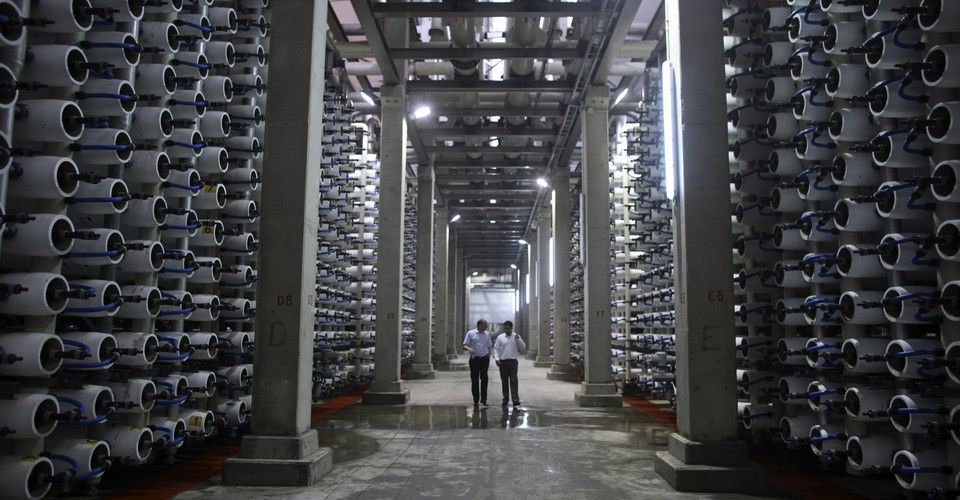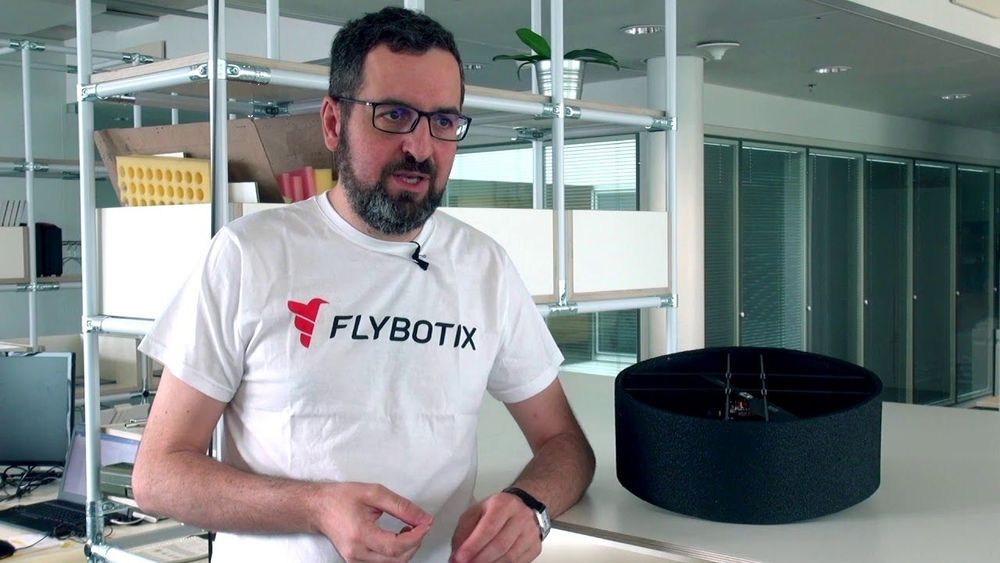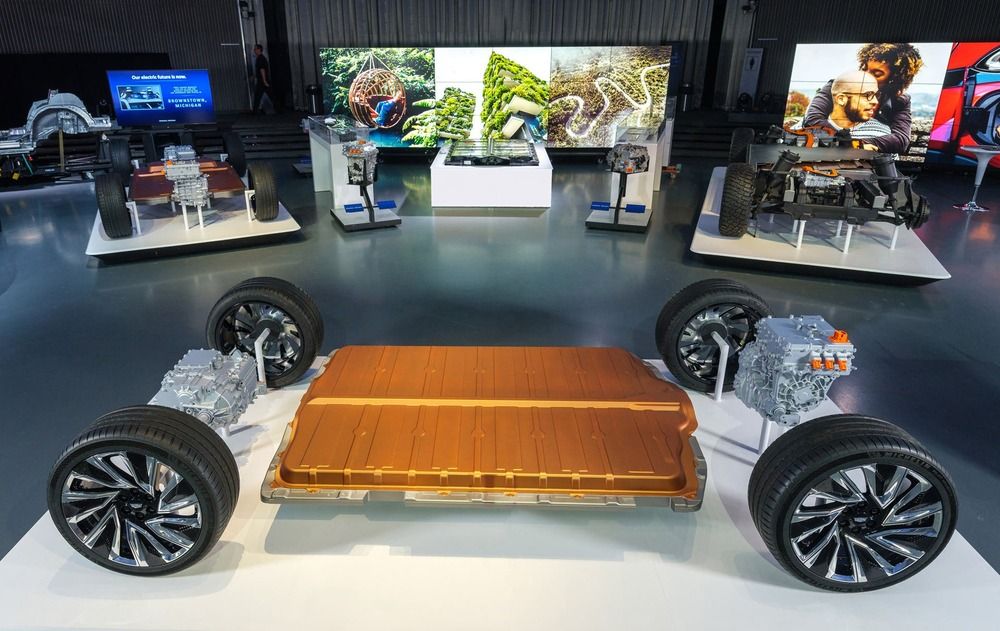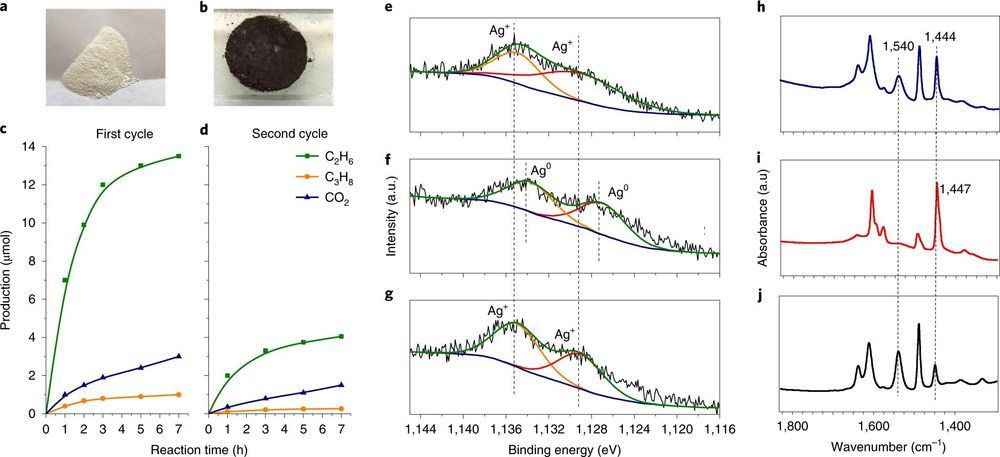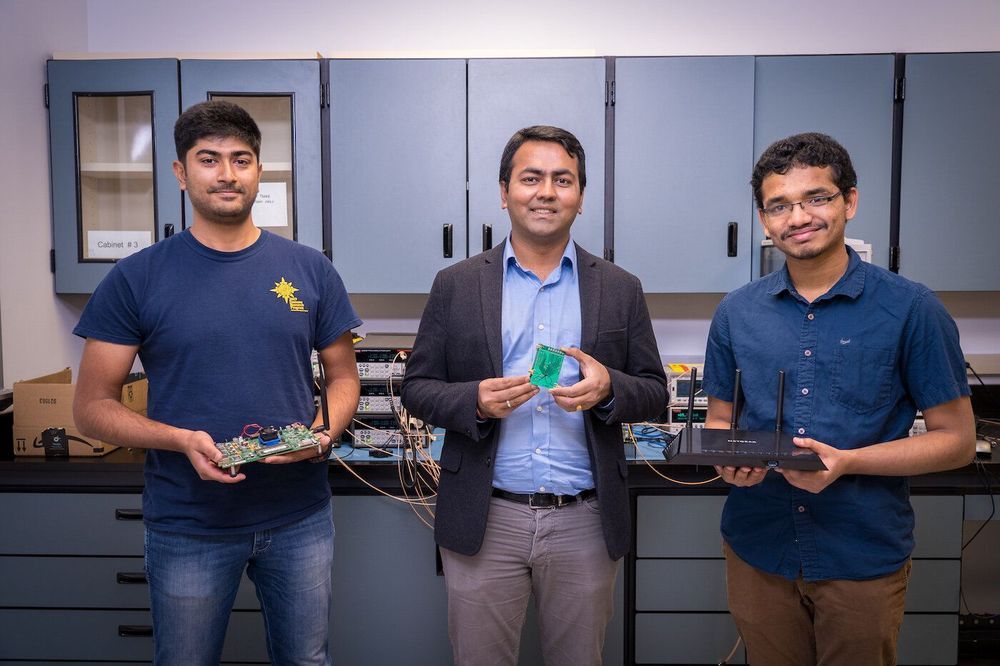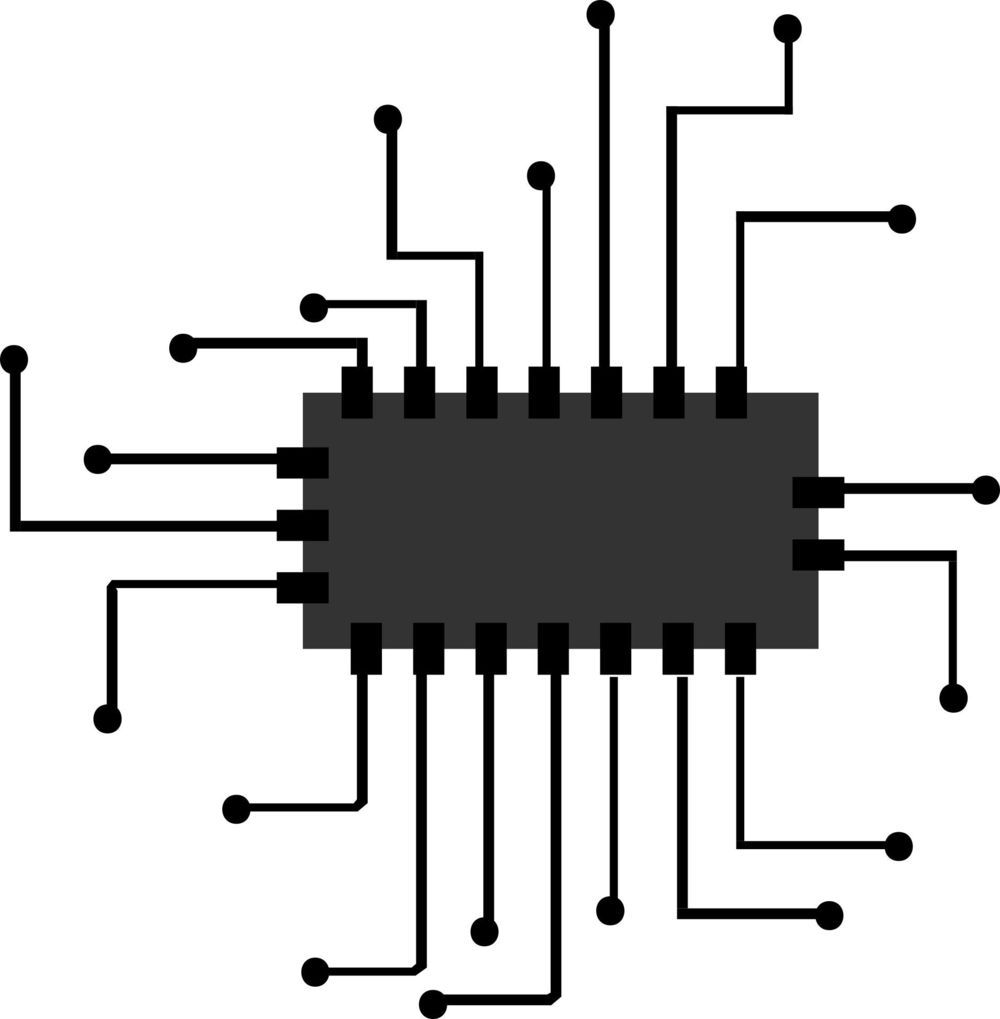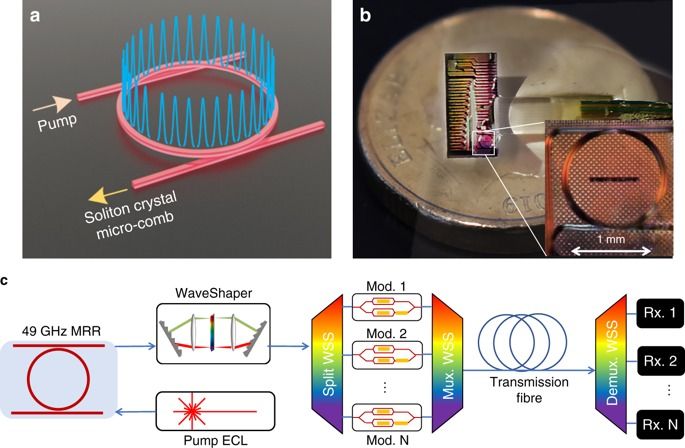Page 7414
May 23, 2020
Why Californians Will Soon Be Drinking Their Own Pee
Posted by Quinn Sena in category: futurism
May 23, 2020
A “Flying Saucer” Design Lets Drones Fly Twice as Long
Posted by Quinn Sena in category: drones
May 23, 2020
GM EV Batteries Will Last For 1 Million Miles & Have 600 Mile Range
Posted by Quinn Sena in categories: sustainability, transportation
In March, Lauren McDonald was on hand for GM’s EV Day, during which much of the discussion was about the new Ultium batteries GM and LG Chem will be manufacturing at a new battery factory just down the road from the former Lordstown, Ohio assembly plant. That factory is projected to have an annual capacity of 30 gigawatt-hours of battery cells. While GM made a bunch of grandiose claims about its campaign to bring electric cars to market that day, few actual details about the Ultium battery emerged during the presentation.
May 23, 2020
Producing ethane from methane using a photochemical looping strategy
Posted by Saúl Morales Rodriguéz in categories: chemistry, particle physics
A team of researchers from the University of Lille, CNRS, Centrale Lille, University of Artois, in France, and Keele University in the U.K has developed a way to produce ethane from methane using a photochemical looping strategy. In their paper published in the journal Nature Energy, the group describes their process. Fumiaki Amano with the University of Kitakyushu in Japan has published a News & Views piece on the work done by the team in the same journal issue.
Over the past several years, methane has become important for the production of fuels and other chemicals. But due to its stability, converting methane to desired products requires high temperatures and results in less-than-desired selectivity. Developing a way to carry out such conversions without the need for energy intensive heat production has been a goal of chemists in the field for several years. Prior research has suggested that methane coupling is an attractive option due to the ease with which it can be dehydrogenated to ethylene. In this new effort, the researchers followed up on such suggestions, and in so doing, have developed a way to produce ethane from methane that overcomes prior problems.
Amano suggests the success factor used by the researchers centered around the development of a three-part nanocomposite material—by adding phosphotungstic acid and silver cations to a traditional TiO2 photocatalyst. The resulting Ag–HPW/TiO2 nanocomposites induced methane coupling which resulted in the production of ethane—and also small amounts of propane and CO2. The final result was a two-stage looping process that was based on photochemical conversions. Amano notes that the process resulted in silver cation reduction to a metallic, which was followed up by reoxidization of a metallic silver species using oxygen that was irradiated with ultraviolet light. He also points out that the HPW coating that was used on the particles was a major factor in improving selectivity, and suggests that the looping redox cycle is similar in some ways to the reactions that happen in rechargeable batteries.
May 23, 2020
New chip brings ultra-low power Wi-Fi connectivity to IoT devices
Posted by Saúl Morales Rodriguéz in categories: computing, habitats, internet, media & arts, wearables
More portable, fully wireless smart home setups. Lower power wearables. Batteryless smart devices. These could all be made possible thanks to a new ultra-low power Wi-Fi radio developed by electrical engineers at the University of California San Diego.
The device, which is housed in a chip smaller than a grain of rice, enables Internet of Things (IoT) devices to communicate with existing Wi-Fi networks using 5,000 times less power than today’s Wi-Fi radios. It consumes just 28 microwatts of power. And it does so while transmitting data at a rate of 2 megabits per second (a connection fast enough to stream music and most YouTube videos) over a range of up to 21 meters.
The team will present their work at the ISSCC 2020 conference Feb. 16 to 20 in San Francisco.
May 23, 2020
Critical “Starbleed” vulnerability in FPGA chips identified
Posted by Saúl Morales Rodriguéz in categories: computing, encryption, mobile phones, security
April 2020
Field programmable gate arrays, FPGAs for short, are flexibly programmable computer chips that are considered very secure components in many applications. In a joint research project, scientists from the Horst Görtz Institute for IT Security at Ruhr-Universität Bochum and from Max Planck Institute for Security and Privacy have now discovered that a critical vulnerability is hidden in these chips. They called the security bug “Starbleed.” Attackers can gain complete control over the chips and their functionalities via the vulnerability. Since the bug is integrated into the hardware, the security risk can only be removed by replacing the chips. The manufacturer of the FPGAs has been informed by the researchers and has already reacted.
The security researchers will present the results of their work at the 29th Usenix Security Symposium to be held in August 2020 in Boston, Massachusetts, U.S… The scientific paper has been available for download on the Usenix website since April 15, 2020.
Continue reading “Critical ‘Starbleed’ vulnerability in FPGA chips identified” »
May 23, 2020
Ultra-dense optical data transmission over standard fibre with a single chip source
Posted by Saúl Morales Rodriguéz in categories: computing, quantum physics
Micro-combs — optical frequency combs generated by integrated micro-cavity resonators – offer the full potential of their bulk counterparts, but in an integrated footprint. They have enabled breakthroughs in many fields including spectroscopy, microwave photonics, frequency synthesis, optical ranging, quantum sources, metrology and ultrahigh capacity data transmission. Here, by using a powerful class of micro-comb called soliton crystals, we achieve ultra-high data transmission over 75 km of standard optical fibre using a single integrated chip source. We demonstrate a line rate of 44.2 Terabits s−1 using the telecommunications C-band at 1550 nm with a spectral efficiency of 10.4 bits s−1 Hz−1. Soliton crystals exhibit robust and stable generation and operation as well as a high intrinsic efficiency that, together with an extremely low soliton micro-comb spacing of 48.9 GHz enable the use of a very high coherent data modulation format (64 QAM — quadrature amplitude modulated). This work demonstrates the capability of optical micro-combs to perform in demanding and practical optical communications networks.
May 23, 2020
Microsoft’s FastSpeech AI speeds up realistic voices generation
Posted by Dan Kummer in category: robotics/AI
Microsoft’s FastSpeech text-to-speech model generates speech up to 38 times faster than the baseline without sacrificing quality.
May 23, 2020
NASA’s newest test pilots are veteran astronauts, friends
Posted by Genevieve Klien in category: space travel
CAPE CANAVERAL, Fla. (AP) — The two astronauts who will test drive SpaceX’s brand new rocketship are classmates and friends, veteran spacefliers married to veteran spacefliers, and fathers of young sons.
Together, they will end a nine-year drought for NASA when they blast into orbit next week from Florida’s Kennedy Space Center.
Retired Marine Col. Doug Hurley will be in charge of launch and landing, a fitting assignment for the pilot of NASA’s last space shuttle flight.

